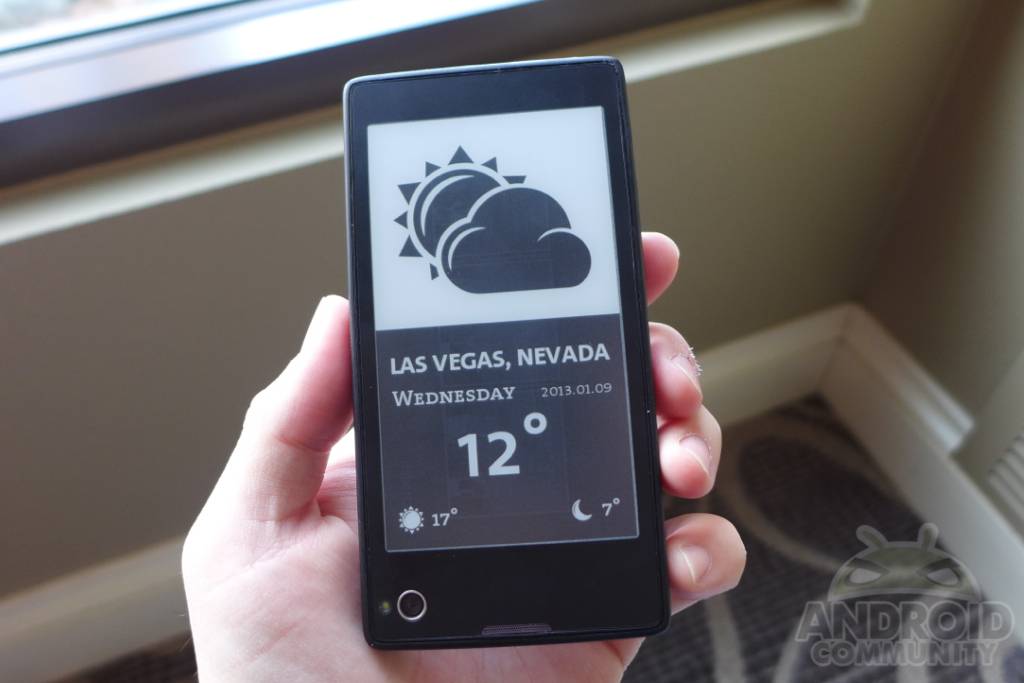
Late last year the Russian company Yota announced a rather intriguing new smartphone called the YotaPhone. As I’m sure many of you are aware, this Android 4.1 Jelly Bean handset sports two displays. The front being a 4.3-inch 720p LCD display, and the rear of the device enjoys a 4.3-inch E-ink screen. It’s a neat concept and we were able to enjoy some time with a prototype unit earlier today and we came away rather impressed.
For a little background you can check out their announcement details, but the video and pictures below will give you a better idea of what Yota is offering the Android, and smartphone world. The star of the show with Yota isn’t the usual specs, but it’s the additional 4.3-inch E-ink display on back that makes the smartphone have multiple new uses.
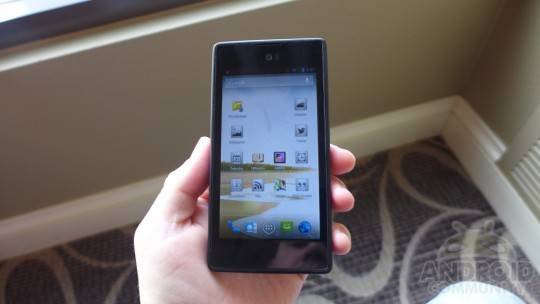
Inside the YotaPhone we have a 4.3-inch 1280 x 720p HD LCD display, Qualcomm’s 1.5 GHz dual-core Snapdragon S4 processor, 2GB of RAM, 32GB of storage and a 2,100 mAh battery for the usual specs. Then they’ve tossed in a 12 megapixel rear camera and 2 MP front for video chat. All of this comes in a relatively thin package considering the front and back 4.3-inch screens are both protected with Corning Gorilla Glass. Instead of explaining the many features of the rear facing E-ink display enjoy the video with Yota’s CEO Vlad Martynov:
The YotaPhone runs on Android 4.1 Jelly Bean, but should launch with the absolute latest version available upon release — which is scheduled for later this year possibly around Q3. Instead of the usual Android buttons, Yota has taken a different approach that we find refreshing, and actually quite intuitive. No on-screen or capacitive buttons here and instead there’s a simple gesture panel under the display. Gesturing from right to left goes home, doing the same gesture halfway is back, and long press brings up multi-tasking. After only minutes with the device I was swiping to go back and home with ease. The idea is actually extremely simple, and works rather well in actual use.
Another unique feature of YotaPhone is including the SIM tray and power button into a single slot to save space and keep the design clean and elegant. Oh and we can’t forget that E-Ink display on the rear which also has the industries first use of Corning’s Gorilla Glass 3 in a curved design. The E-Ink refresh rate was as expected and took about a 1/2 second, and the images were extremely crisp. The video above gives you an idea of the many uses, and Yota’s API will be released for developers to take full advantage of all its uniqueness.
Being able to display the weather in a simple low power state. Ebooks, comics, RSS feeds (that update real time while sipping battery) screenshots, or even maps long after you’ve lost service or a reliable connection really makes this phone’s E-ink display awesome and extremely useful. Not to mention new, fun, and innovative. In the end I went in skeptical, but left a believer. The design language was neat, the build quality was top notch (even if that power button needs work) and the entire phone was a joy to use. In the current prototype state it still needs a little work and was cumbersome at times, but overall we came away really impressed. The possibilities for developers are truly endless, and we look forward to seeing more from Yota in the coming months.


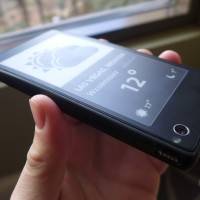
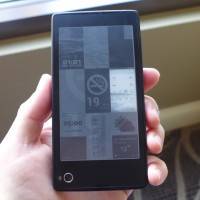
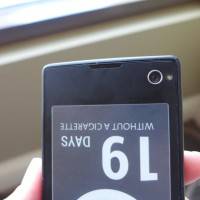
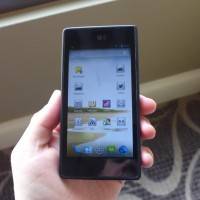

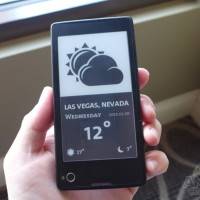


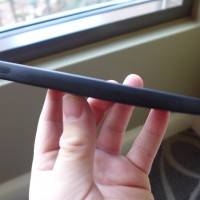











http://i2.kym-cdn.com/photos/images/original/000/264/241/9e9.gif
Set me up with a dozen. Very cool.
I really like the concept. Also, even though I think this device doesn’t sport NFC, imagine how interesting it could be to tap your phone to any NFC tag and have corresponding imagery display on the e-paper screen. So much potential.
I read one article which said it had nfc but that might have been the prototype, I need it to have nfc too.